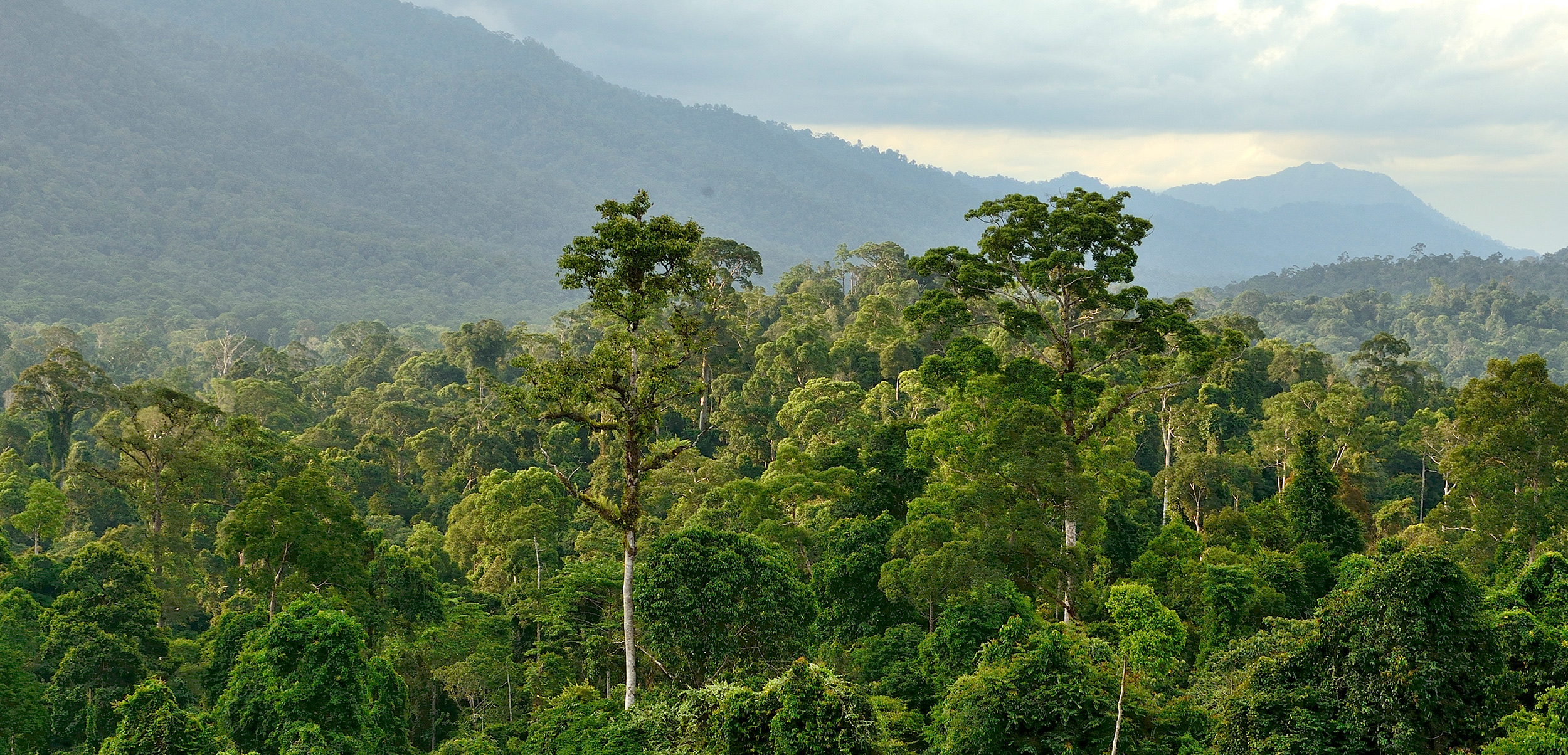
By Ainur Shalakhanova, Pek Chuan Gan, Onno van den Heuvel, Abbie Trinidad
Conservation areas have many benefits for people that go beyond a local area. The cost associated with conservation measures are largely incurred at local level. Ecological fiscal transfers (EFT) help balance this out. It is a mechanism to transfer national budget funds to local level based on a specific formula that factors in the needs to invest in conservation areas.
Technical definition of Ecological Fiscal Transfers is described as ‘a government fiscal policy measure that applies budgetary management mechanism for the purpose of distributing state revenues among different budgetary levels (revenue sharing and interbudgetary transfers) according to the agreed ecological indicators and indices.’ Each country determines the economic, social, environmental and geographical indices through its central body’s fiscal authority. Protected areas are the main target to receive EFT allocations. EFT was not only created to allocate funding, but has a double aim such as an incentive or alternative source of income for the sub-national or local government, and/or compensation for opportunity costs incurred by limiting other types of land development that could have generated more direct income.
Since the 1990s five nature-rich countries in different geographical locations have established, adopted and implemented the concept of ecological fiscal transfers: Brazil, Portugal, France, India and China. Brazil’s 18 federative units assign budgets to municipalities according to the area of specific conservation territory. They take into account numerous indicators including areas of water protection, number of indigenous lands inhabited by indigenous groups and other indicators.
In France and Portugal, central authorities transmit budgetary allocations to all protected areas and community conservation. India and China apply EFT to certain regions. The Indian government, bases this on the forests cover index while the Chinese government transfers funds according to the environmental criteria index to ecologically important provinces.
Countries that already use the mechanism have multiple purposes for doing so. EFT is regarded as a compensation for foregone development opportunities (opportunity costs) and also function as an incentive to stimulate much broader conservation measures. EFT systems are strongly rooted into the national context and countries use different models.
The introduction of EFT in Malaysia
In Malaysia the introduction of EFT mechanism was in part supported by UNDP-BIOFIN and took several years of preparatory work. Later in 2019, it was formally introduced with the budget cycle. Malaysia is a megadiverse country, home to over 150,000 species of invertebrates, more than 15,000 vascular plants and 306 mammal species, including the endangered Malayan Tiger and up to 1,200 of the last remaining critically endangered Asian Elephants. Malaysian natural ecosystems include famous dipterocarp forests and montane forests, costal and marine areas that house important ecosystems such as mangrove forests and diverse coral reefs.

UNDP Malaysia, Sabah. Credit photo: Yves-de-Soye
From a political perspective, Malaysia is a federation that has federal (or central) government and state governments, where the distribution of power is shared between the federal government and 13 state governments (negeri). In this dichotomy of powers, the state has a right over land and forests, and shares jurisdiction over wildlife and national parks with the federal government by virtue of the Concurrent List under the Federal Constitution. This leads to a number of challenges with respect to the implementation of the environmental agenda in many aspects, including negative consequences with respect to conservation funding (Sankar and Gan, 2021).
With support from UNDP, the Biodiversity Finance Plan (BFP) was developed in 2018. EFT was highlighted as one of the priority finance solutions with potential high success for implementation in the country. In 2018, UNDP Malaysia prepared a policy paper titled “Ecological Fiscal Transfer for Biodiversity Conservation – Lessons, Opportunities and Way Forward for Malaysia” submitted to the Ministry of Finance to be considered in the 2019 Budget Speech. As part of this Budget Speech announced by the Minister of Finance, the inaugural EFT finance solution was highlighted.
The Government of Malaysia introduced the EFT in years 2019 and 2021 with a combined budget allocation of more than $31 million representing a transfer to the States for protecting and expanding nature forest reserves and protected areas. Later the Government announced the increased EFT allocation up to $22.6 million for 2022 and committed to provide funds on an annual basis. In the recent Budget announcement for 2023, the EFT allocation increased by 50% to $33.9 million against EFT allocation in 2022. The overall budget allocation for EFT for four years reached $87.5 million. This demonstrates a strong political will from the federal government to incentivize the States in biodiversity conservation.
At the beginning of implementation, the allocation and distribution of EFT was provisioned under the ‘TAHAP’ scheme, which involves the allocation of periodic development grants to the States based on economic development, infrastructure and wellbeing. However, in 2022, the EFT allocation was revised and placed under the concept of "special allocation", in which the Ministry of Finance allocates grants to the Ministry of Natural Resources, Environment & Climate Change (NRECC) to execute and implement the mechanism in the States. In this regard, NRECC developed a guidance outlining the process, allocation criteria, and monitoring and evaluation for assigning EFT allocation to the States. The guidance provides for the distribution of grants among the States based on a formula - 70% of the allocation is based on PA hectarage by each State, and 30% is "performance based”.
_credit-Chai-Ming-LAU%2C-UNDP-Malaysia.jpg)
EFT Workshop Developing Distribution Mechanism for Sarawak. Credit Chai Ming LAU, UNDP-Malaysia
To strengthen the effectiveness and develop possible ways to institutionalize the EFT through enhanced policy and/or regulatory instruments, the project team in Malaysia will focus on enhancing the implementation of current EFT scheme as part of the extended BIOFIN Phase II. An assessment of its current implementation modality will examine i) appropriate biological and ecological criteria are applied for the fiscal transfer; and ii) operational format is further improved for encouraging the recipient States to earmark EFT for conservation purposes.
BIOFIN’s work to further develop this mechanism will focus on developing a medium to long term policy rationale and legislative pathway to maintain and increase annual allocations, building capacity and engagement with the States, and piloting EFT-funded conservation actions.
References
ADB (2016). Toward a national eco-compensation regulation in the People’s Republic of China. Asian Development Bank (ADB). Mandaluyong City, Philippines.
Busch, J., Mukherjee, A. (2018). Encouraging State Governments to Protect and Restore Forests Using Ecological Fiscal Transfers: India’s Tax Revenue Distribution Reform. Conservation Letters, 11(2):1-10.
Cao, H., Li, M., Qin, F., Xu, Y., Zhang, L., & Zhang, Z. (2022). Economic development, fiscal ecological compensation, and ecological environment quality. International Journal of Environmental Research and Public Health, 19(8), 4725. https://doi.org/10.3390/ijerph19084725
Chua, L.S.L. (2002). Conservation and Sustainable Management of Biological Resources in Malaysia. Research Report. The National Institute for Environmental Studies, Japan, pp. 92−95.
Ismail, R. (2011). Malaysian Economic Development and the Emergence of Environmental Foreign Policy: 1874-1982, PhD Thesis, Keele University, UK.
Ismail, R. (2012) Policy Convergence in International Biodiversity Regimes: A Perspective from Malaysia. publication. Terengganu : International Journal of Humanities and Social Science.
Raustiala, K. & Victor, D.G. (1996). Biodiversity since Rio: The future of the Convention on Biological Diversity. Environment: Science and Policy for Sustainable Development, vol.38, no. 4, pp. 16−45.
The World Bank (2021) Ecological Compensation in China (Trends and opportunities for incentive-based policies towards a greener China). Washington, DC.
UNDP (2018). Malaysia Budget 2019 Policy Paper "Ecological Fiscal Transfer for Biodiversity Conservation - Lessons, Opportunities and Way Forward for Malaysia". United Nations Development Programme in Malaysia (UNDP in Malaysia) Kuala Lumpur, Malaysia.
Categories
Archives
- Enero 2026 (1)
- Diciembre 2025 (2)
- Noviembre 2025 (5)
- Octubre 2025 (5)
- Septiembre 2025 (2)
- Agosto 2025 (10)
- Julio 2025 (9)
- Junio 2025 (5)
- Mayo 2025 (8)
- Abril 2025 (9)